- Joined
- Oct 13, 2013
- Posts
- 17,123
Please explainvolcanic bombs that mark the rock as volcanic tuff
Please explainvolcanic bombs that mark the rock as volcanic tuff
Possibly because it was a prison housing many French resistance members?I'm surprised there wasn't more damage from WW 2
You know when you see a volcano going off, there’s a huge plume and column of what they call ash. That falls to the ground and creates layers of ash ( fine rock particles from fine sand grain size up to grit) and in general that’s called tuff or tufa, a sedimentary rock. There are other types of deposits pushed out from a volcano such as a lahar, but we are just talking about tuff here.Please explain
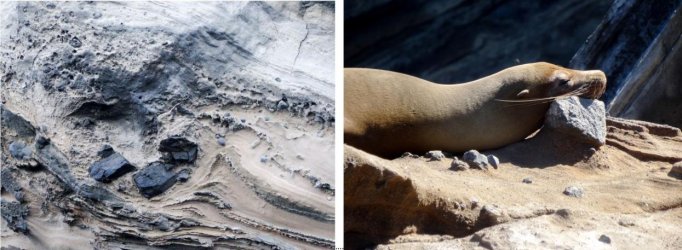
Possibly because it was a prison housing many French resistance members?
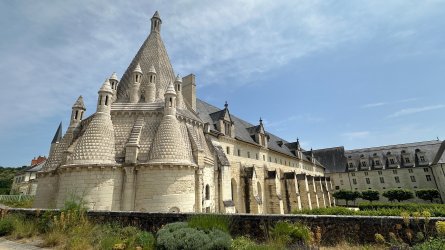
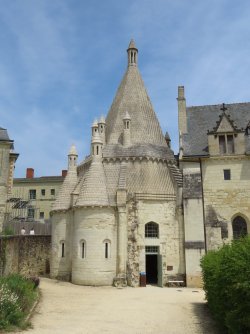
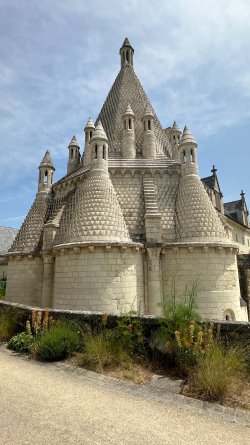
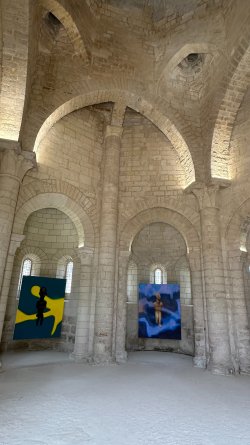

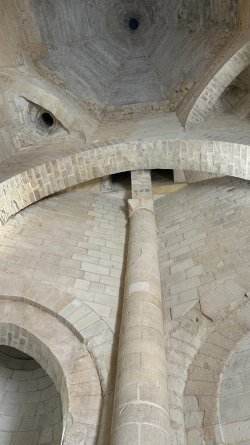
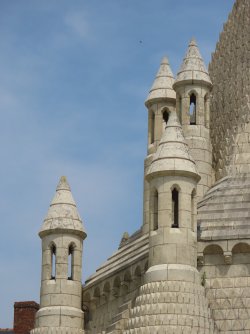
Its also a hotel IIRC?
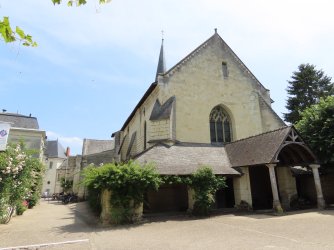
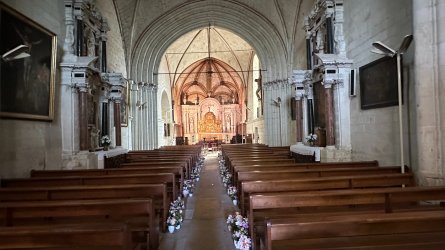
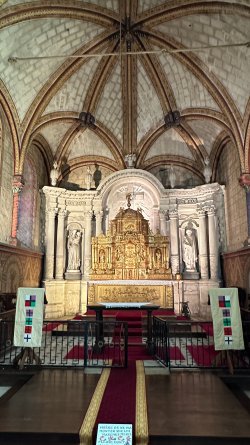
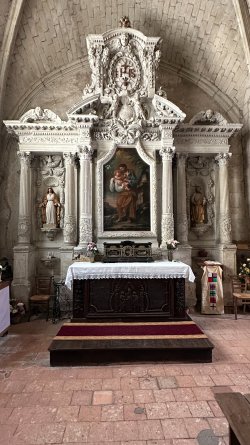
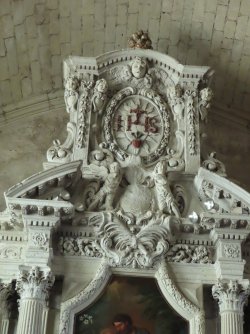
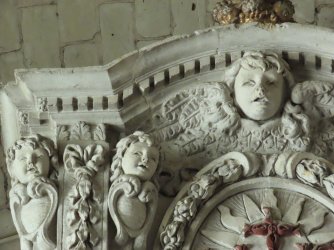
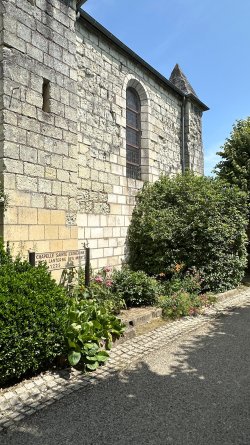
Built between 1518 and 1527, this château is considered one of the foremost examples of early French renaissance architecture.
The current château of Azay-le-Rideau occupies the site of a former feudal castle. During the 12th century, the local seigneur Ridel (or Rideau) d'Azay, a knight in the service of Philip II Augustus, built a fortress here to protect the Tours to Chinon road where it crossed the river Indre.
However, this original medieval castle fell victim to the rivalry between Burgundian and Armagnac factions during the Hundred Years' War. In 1418, the future Charles VII passed through Azay-le-Rideau as he fled from Burgundian occupied Paris to the loyal Armagnac stronghold of Bourges. Angered by the insults of the Burgundian troops occupying the town, the dauphin ordered his own army to storm the castle. The 350 soldiers inside were all executed, and the castle itself burnt to the ground. For centuries, this fate was commemorated in the town's name of Azay-le-Brûlé (literally Azay the Burnt), which remained in use until the 18th century.
The castle remained in ruins until 1518, when the land was acquired by Gilles Berthelot, the Mayor of Tours and Treasurer-General of the King's finances. Desiring a residence to reflect his wealth and status, Berthelot set about reconstructing the building in a way that would incorporate its medieval past alongside the latest architectural styles of the Italian Renaissance. Although the château's purpose was to be largely residential, defensive fortifications remained important symbols of prestige, and so Berthelot was keen to have them for his new castle. He justified his request to the King, Francis I, by an exaggerated description of the many 'public thieves, footpads and other vagabonds, evildoers committing affray, disputes, thefts, larcenies, outrages, extortions and sundry other evils' which threatened unfortified towns such as Azay-le-Rideau.
The château was still incomplete in 1527, when the execution of Jacques de Beaune, (the chief minister in charge of royal finances and cousin to Berthelot) forced Gilles to flee the country. Possibly fearing the exposure of his own financial misdemeanours, he went into exile first in Metz in Lorraine, and later in Cambrai, where he died just two years later. Disregarding the pleas of Berthelot's wife Philippa, Francis I confiscated the unfinished château and, in 1535, gave it to Antoine Raffin, one of his knights-at-arms. Raffin undertook only minor renovations in the château, and so the building works remained incomplete, with only the south and west wings of the planned quadrilateral ever being built. Thus, the château preserved the distinctive, but accidental, L-shape which it retains to this day.
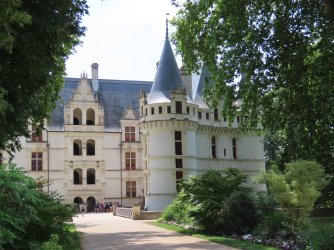
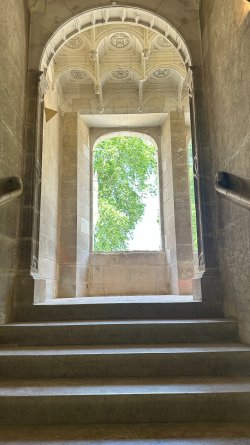
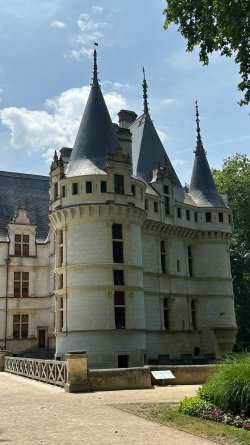
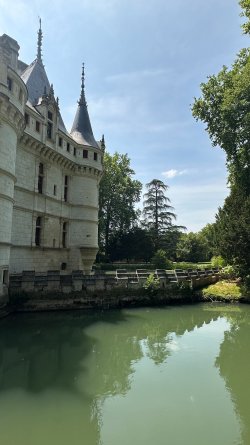
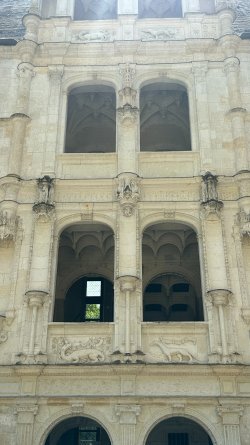
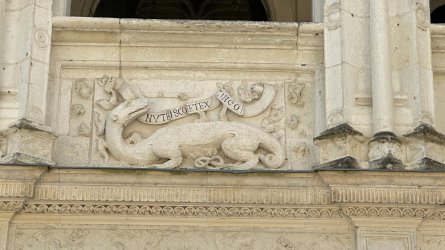
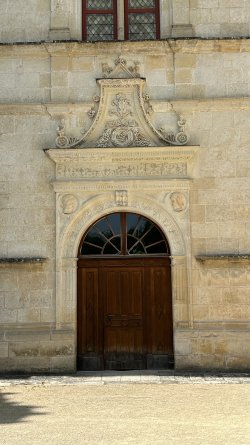
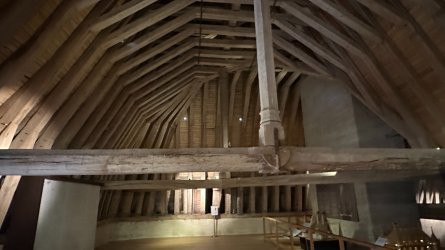
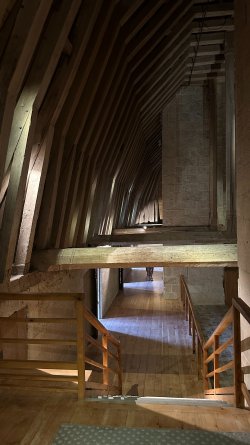
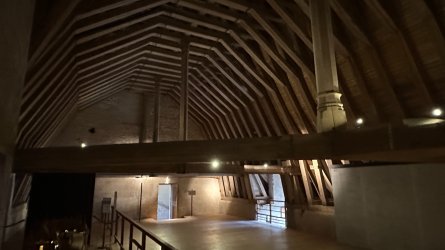
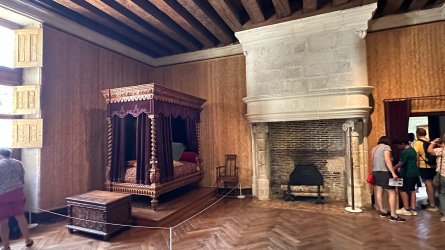
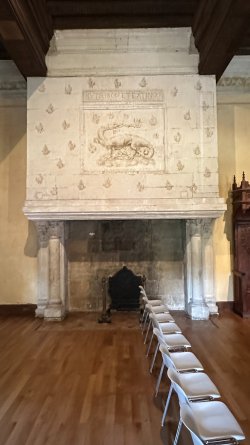
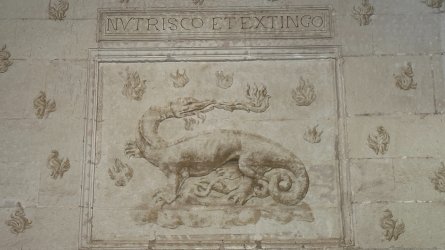
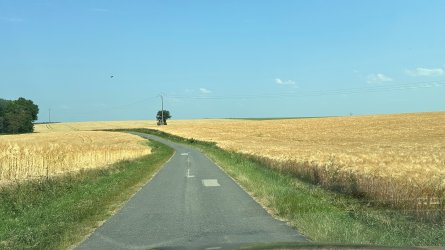
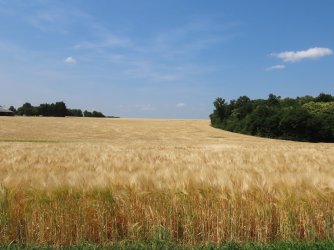
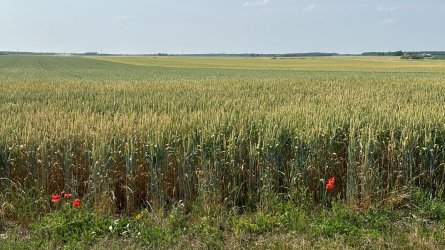
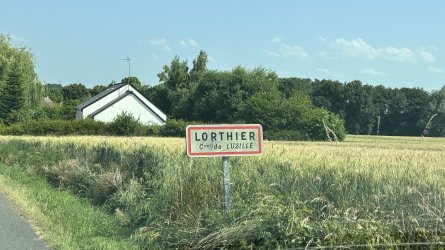
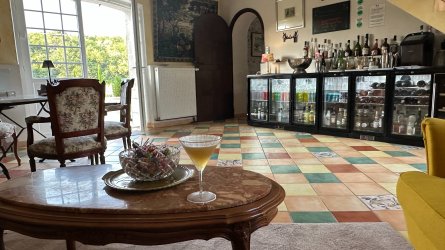
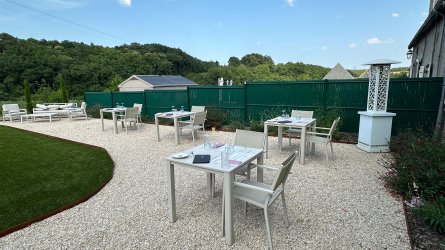
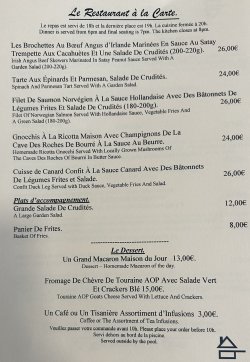
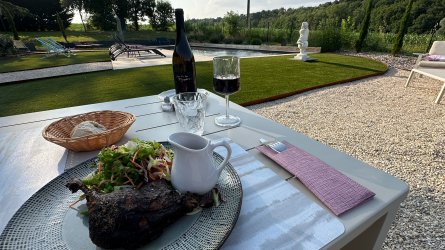
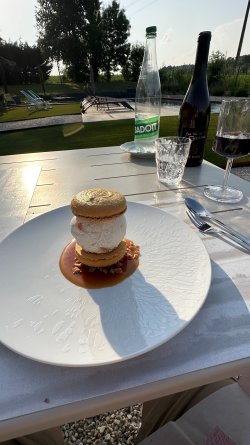
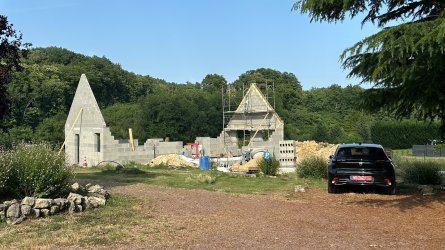

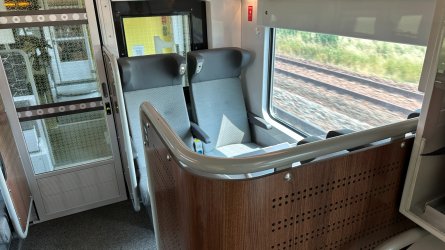

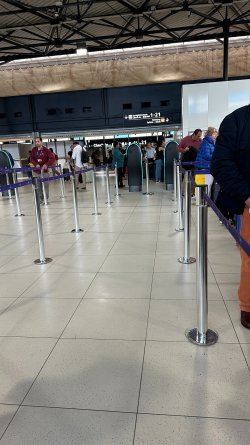
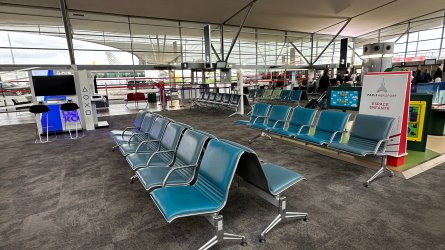

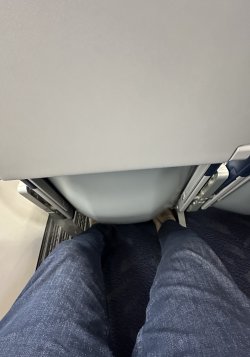
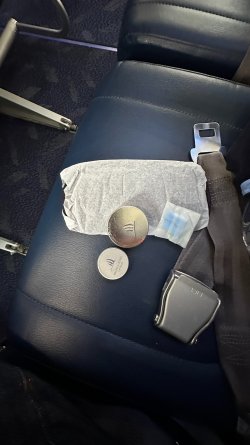




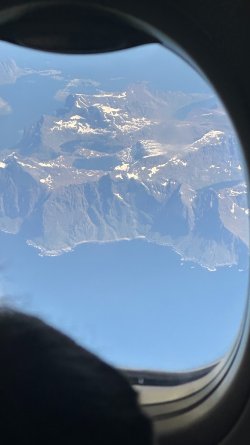
Why salamanders?
King Francis I adopted the salamander as his emblem due to its association with the mythical ability to withstand fire and even extinguish it. This symbolism resonated with his personal motto, Nutrisco et extinguo, meaning "I nourish [the good fire] and extinguish [the bad]". The salamander, therefore, represented his role as a protector who could conquer evil and foster good.
AFF Supporters can remove this and all advertisements


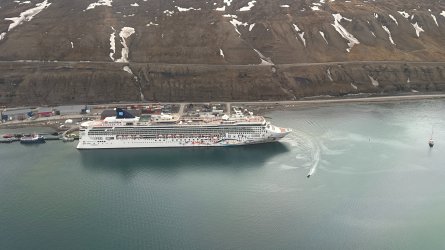

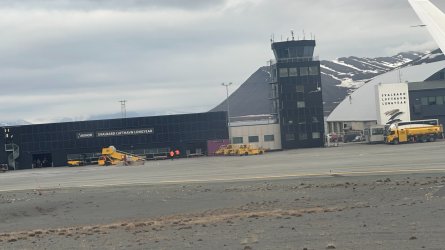

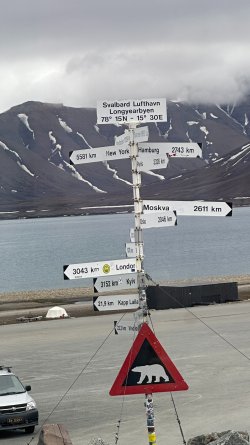
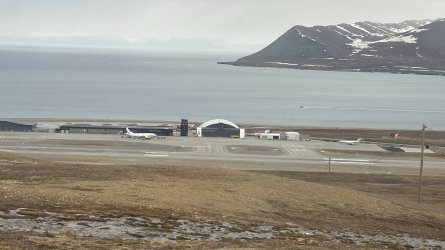

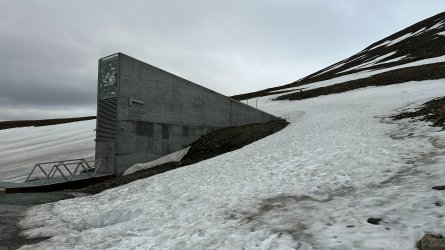
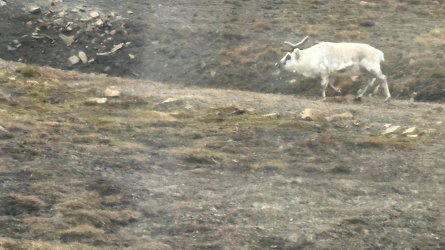
Good to see standards are being maintained.Champagne, of course.
View attachment 453347
Good to see standards are being maintained.
Sans Souci is one of those places I would go back to. There’s so many other other lovely Château that I didn’t get to see and it would be also nice to see them in a different season.Good to see standards are being maintained.
We're really enjoying your trip report as usual, and thank you for all of the good information you provide on places to see and stay at. The B&B at San Souci looks like our kind of place to stay.

